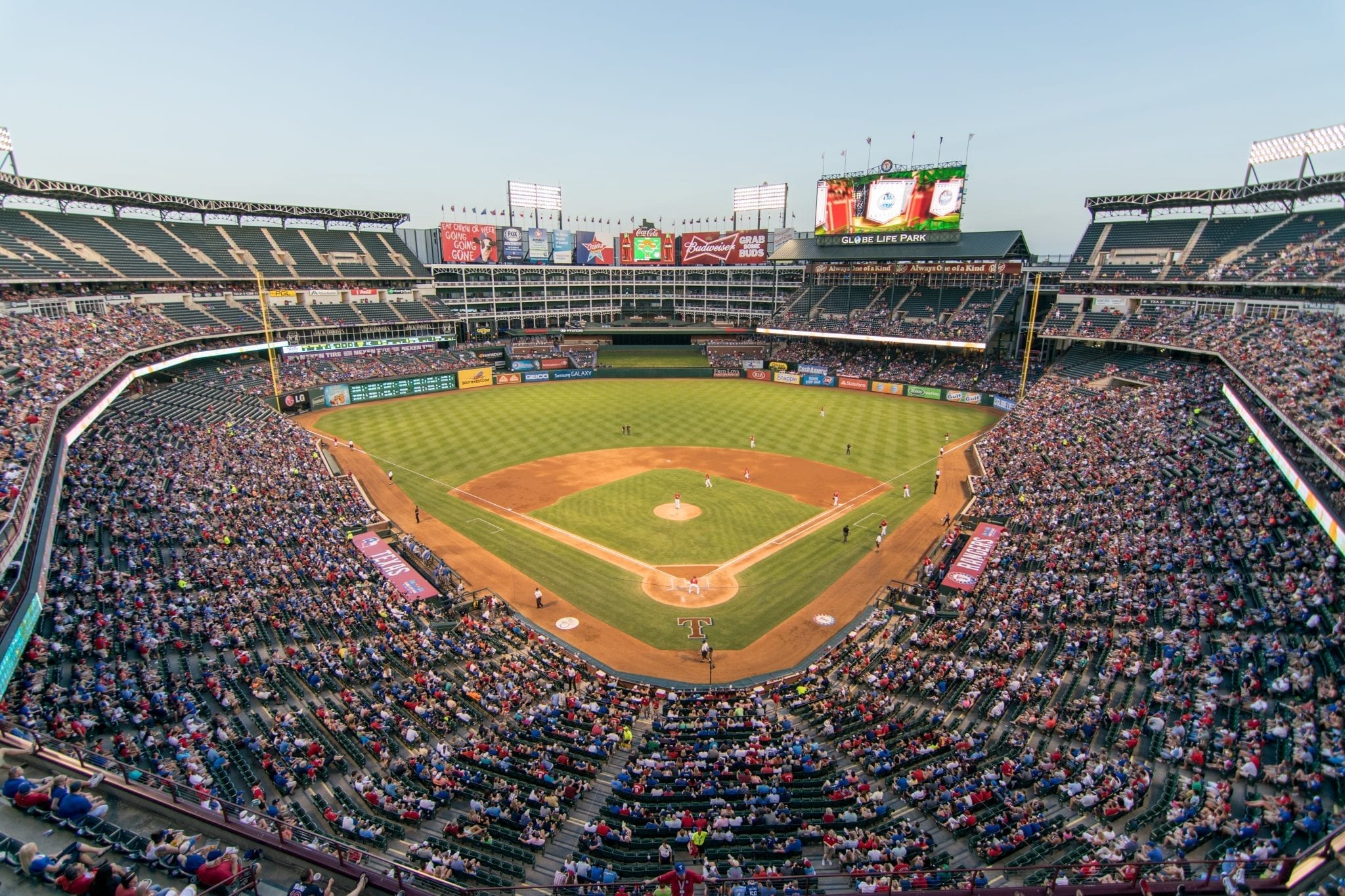Every year, more than 1,750 baseball fans are injured while watching the pastime they love at major league stadiums, Bloomberg reports. Hazards from lightning-fast foul balls are exacerbated by decreased reaction times, as more fans are staring down into smartphones at games than ever before. Last year, a toddler was pummelled by a 105 mph line-drive foul ball at a New York Yankees game and experienced a broken nose and orbital bones, as well as bleeding in the brain. She is just one example of vulnerable fans who have been severely injured at baseball games.
Every year, more than 1,750 baseball fans are injured while watching the pastime they love at major league stadiums, Bloomberg reports. Hazards from lightning-fast foul balls are exacerbated by decreased reaction times, as more fans are staring down into smartphones at games than ever before. Last year, a toddler was pummelled by a 105 mph line-drive foul ball at a New York Yankees game and experienced a broken nose and orbital bones, as well as bleeding in the brain. She is just one example of vulnerable fans who have been severely injured at baseball games.
That incident is one of many that prompted the Major League Baseball (MLB) announcement in February 2018 that all 30 ballparks around the country will have netting that extends to at least the ends of both dugouts by Opening Day. Already, spring training stadiums in Arizona have seen new netting lengths to decrease spring training Arizona accidents involving foul balls, following the MLB ballpark trend.
Fans who attend games and have been injured have historically had difficulties winning lawsuits against MLB teams, who are protected by the so-called “Baseball Rule” that stipulates fans attend games at their own risk and understand the danger baseball equipment poses. For those who may be upset about how the extra netting may obstruct their view of future games, here’s a look at personal injuries at baseball stadiums and why extra netting offers valuable protection.
History of Personal Injuries at Baseball Ballparks
The prevalence of physical dangers baseball equipment at major league ballparks presents is evident in the 2008 book Death at the Ballpark: A Comprehensive Study of Game-Related Fatalities of Players, Other Personnel and Spectators in Amateur and Professional Baseball, 1862-2007. The book chronicles 850 deaths experienced in ballpark settings – and missed at least 50 others. Most fatalities have happened to players, but there have been 25 deaths from falling in MLB stadiums since 1969. Reassuringly for most ballpark spectators, there has been only one death by a foul ball in an MLB stadium, when 14-year-old Alan Fish died in 1970.
The rarity of fatalities experienced by spectators doesn’t decrease the dangers they’ve faced in MLB stadiums. Just a few notable injuries in recent years include:
- In 2015, Tonya Carpenter was seriously injured and in critical condition after a flying shattered bat struck her at Fenway Park in Boston. Her injury was cited in a 2015 class action lawsuit seeking safety netting for ballparks.
- In 2017, John Loos was blinded in his left eye by a foul ball at a Chicago Cubs game at Wrigley Field. After undergoing multiple surgeries since the incident and suffering five broken bones, Loos sued the MLB and the Chicago Cubs in October 2017.
- In 2010, a 6-year-old girl’s skull was pummelled by a foul ball at an Atlanta Braves game at Turner Field, resulting in traumatic brain injury and medical bills of more than $66,000. The girl’s father sued the Atlanta Braves in 2012, and the lawsuit was settled in 2017.
Lawsuits against the MLB are often not successful, due to the protection the league and teams have from the disclaimer that is displayed on tickets that fans assume risk, plus warnings over loudspeakers and displayed on seats.
For example, Andy Zlotnick, a man who sued the New York Yankees and MLB after being struck in the eye by a foul ball he says he couldn’t see coming due to obstructions by umbrellas, had his initial lawsuit dismissed and his appeal rejected because he “assumed risk.” However, as seen by cases like the recent Braves’ settlement, sometimes it is worth pursuing action against a team.
Can You Win a Lawsuit for Baseball Injuries?
One of the major factors in disputing a baseball game attendee’s assumption of risk is age. Children and minors are not always willing or able to pay attention to every moment of a game and may have been brought to the game against their will. There may be other baseball game attendees, such as those with special needs, who may not be able to protect themselves against baseball dangers adequately, as well.

Despite losing his previous appeal, Zlotnick continues to appeal his case. With the MLB’s acknowledgement of the need for increased safety with more netting, the likelihood of successful lawsuits against the MLB and teams for baseball injuries may shift in the future. Those who experience any type of serious personal injury at a ballpark should contact a personal injury attorney in case a lawsuit is worth pursuing.
For now, at least with extended netting being installed at every major league stadium for 2018 and at spring training stadiums as well, baseball attendees can feel a little safer from foul balls and flying bats. Baseball fan injuries are also a reminder to put down smartphones and pay attention to every batter’s swing and the action on the field.


Join the conversation!